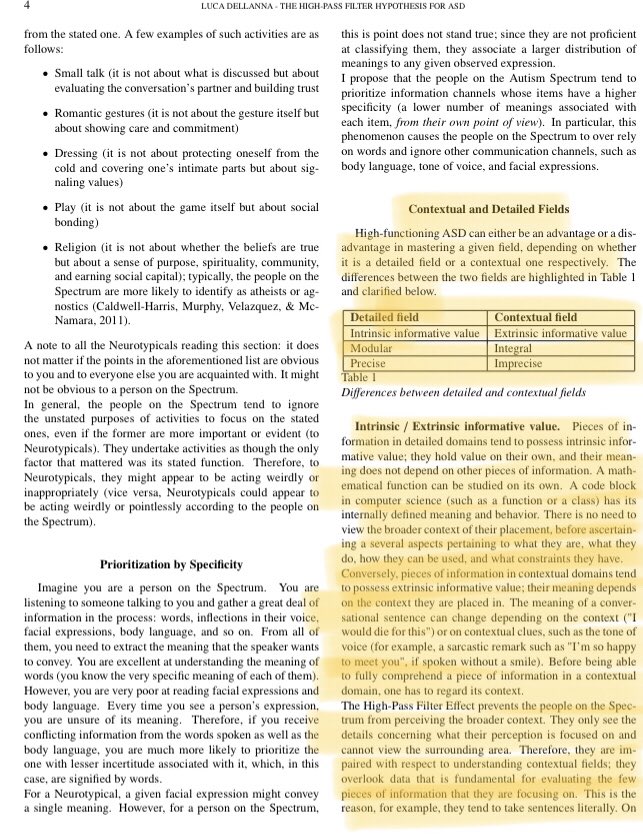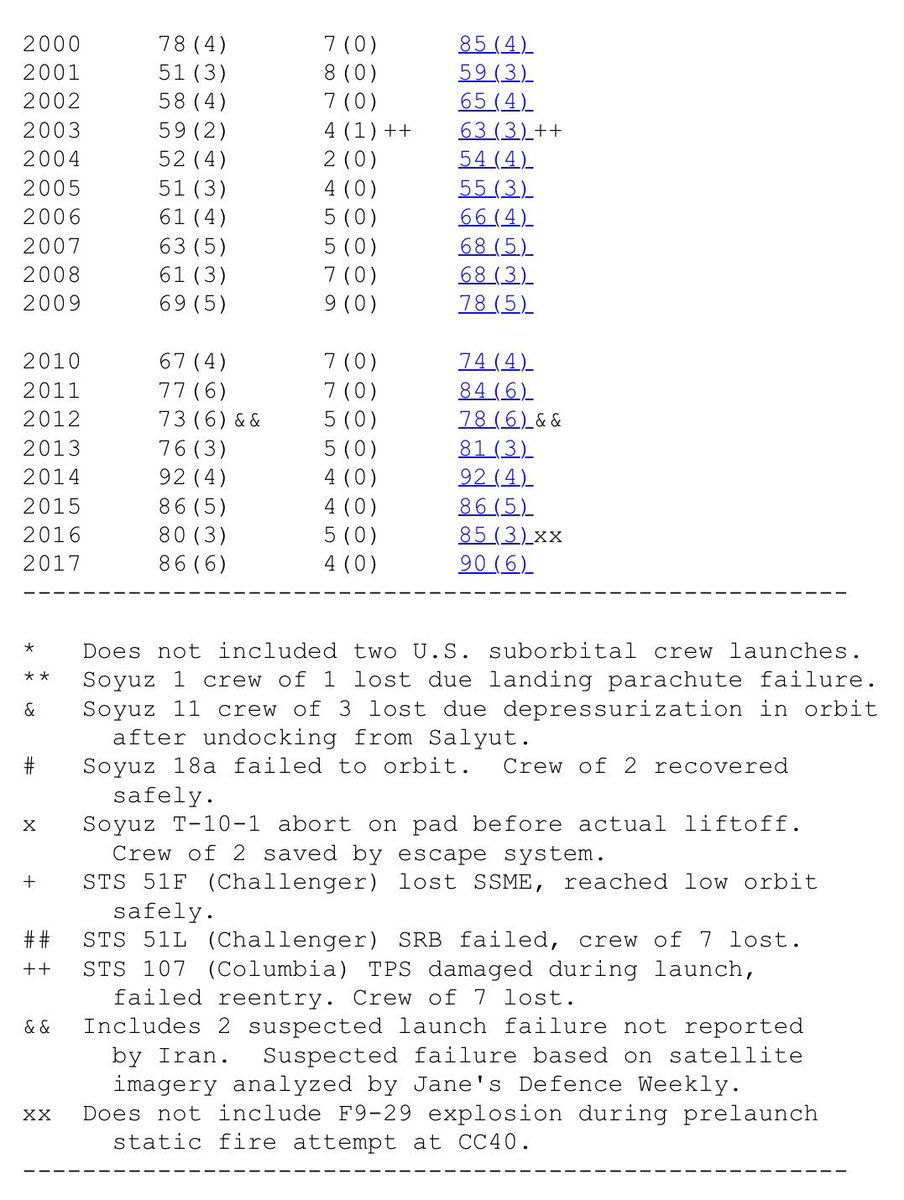1) Our mind is an ensemble of parallel, bottom-up processes. It cannot be described as a single top-down process, even if this is how we perceive it.
2) Our mind is not made to perceive correctly, but to act correctly.
3) Perception is proactive. We choose what to sense in order to facilitate action.
(Corollary to #3: one can’t build an *effective* mind whose only job is to perceive. This is a limit of many current AI approaches.)
(Admissibility of simulations is our conscious mind’s proxy for their truthfulness.)
8) The admissibility of stories is (also) measured by how well they match our internal emotional state.
As example: computer science and physics are detailed, social conversations are contextual.
(of course, we’re talking about a spectrum and averages here)











